A Moment in Time: FDR and the Federal-Aid Highway Program Part 1: Roosevelt Applies the Brakes
by Richard Weingroff / FHWA News 2023-2024

President Roosevelt used radio, particularly 30 Fireside Chats, as one of his most effective tools for reaching out to the public. His 10th Fireside Chat, on October 12, 1937 (not shown here), informed listeners that he had issued a Proclamation calling for a special session of Congress to address agricultural issues, later to be expanded to cover his concerns about the highway program, especially contract authority. He also discussed his recent transcontinental trip. "Anyone charged with proposing or judging national policies should have first hand knowledge of the nation as a whole."
During the 1932 presidential campaign, Governor Franklin D. Roosevelt of New York made balancing the budget a part of his plan for getting America out of the Depression – something his opponent, President Herbert Hoover, had not been able to do. After taking office on March 4, 1933, Roosevelt abandoned austerity and embraced public works, including road building, as one element of a broad "New Deal" to create jobs and restore the economy.
For the U.S. Bureau of Public Roads (BPR), its longstanding Federal-aid highway program with its funding of job-creating highway projects would seem to be the perfect fit for the New Deal. But at a moment in time on November 27, 1937, President Roosevelt declared war on the Federal-aid highway program.
Restoring the Federal-Aid Highway Program
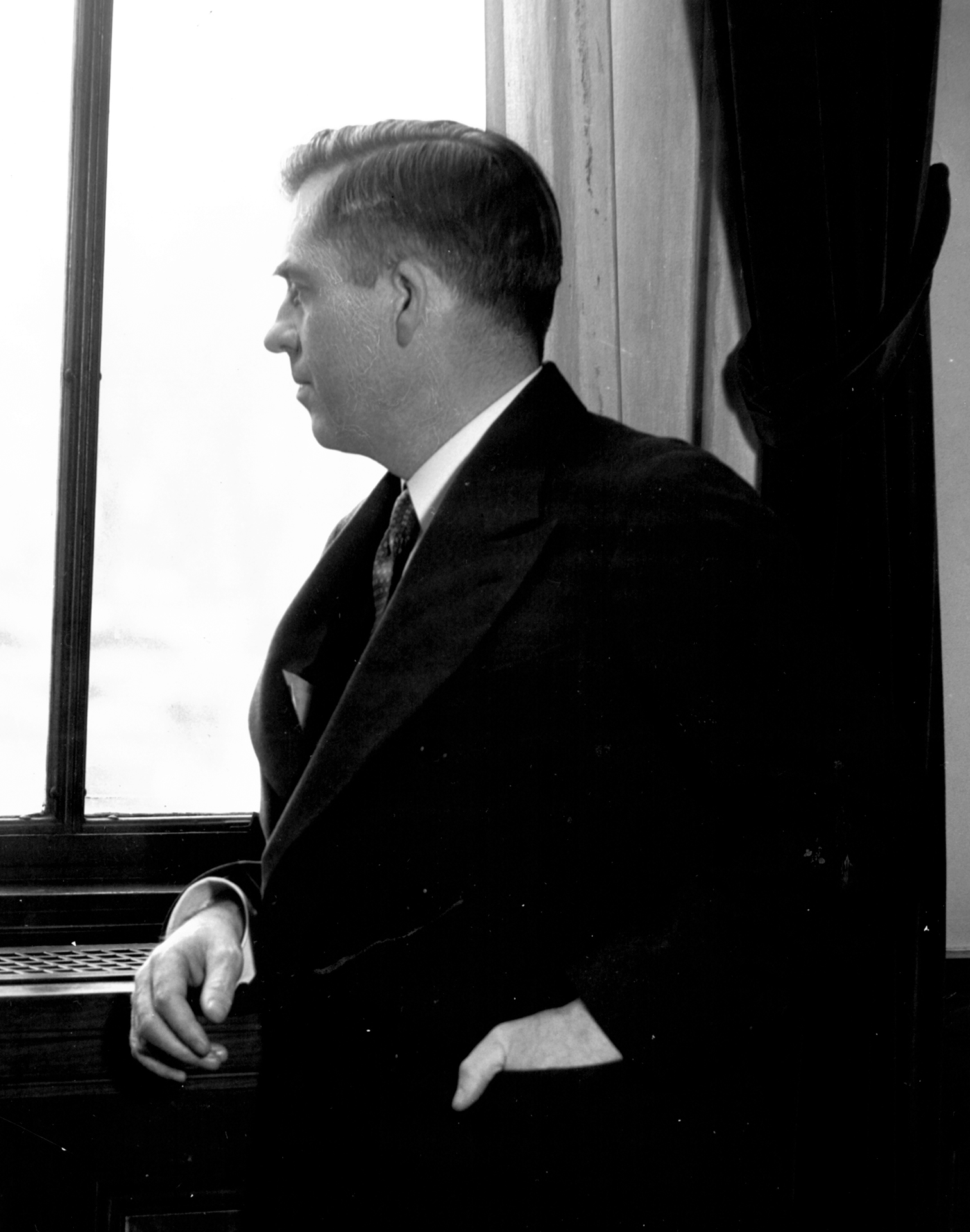
Just 2 weeks after taking office, the President on March 21, 1933, halted the letting of Federal construction contracts while his Administration decided on a broad economic pump-priming program. He wanted to be able to control the flow of money to boost the economy when and where needed – or pull back when necessary.
Secretary of Agriculture Henry A. Wallace implemented the order the same day for the Federal-aid highway program, but told the President that the Department was holding over $17 million in balances for the program, including many contracts the States were ready to let covering more than 400 miles of roads and bridges for immediate construction. "This situation has caused considerable embarrassment, and has prevented employment which would be offered by these projects." President Roosevelt replied on May 15 that in view of his pending public works plan, "I think it would be unwise to release the balance to which you refer."
The result was the National Industrial Recovery Act, which he signed on June 16, 1933. It authorized over $3 billion for public works, including $400 million in grants to the States for road construction. The States, which the Depression had drained of tax revenue, were not required to match the funds, which could be used not only on rural roads but on urban streets that were extensions of the Federal-aid highway system to and through municipalities. This was the first time funding available through BPR could be used in cities. The funds also could be used on "secondary and feeder roads" off the Federal-aid system. As with earlier emergency legislation, workers were limited to 30 hours a week and were to be paid "just and reasonable" wages. Convict labor was prohibited. In addition, human labor, instead of machinery, was to be used "wherever consistent with sound economic and public advantage."
Although the new program contained some elements of the Federal-aid highway program (e.g., the reliance on State highway agencies), it differed in that it was focused more on job creation than transportation goals.
Under the program, work was completed on 6,986 miles of road by June 30, 1934, with work underway on another 22,378 miles. Completed projects totaled $79.9 million, while projects under construction or approved for construction totaled $399.5 million (including funds from the National Industrial Recovery Act, Federal-aid, and other relief measures.)
A Renewed Federal-Aid Charter
State highway agencies, despite the 100-percent Federal-aid funds, were devastated by the program changes. State legislatures saw that its highway agency had more funds than ever that they did not need to match for Federal-aid projects on the usual 50-50 basis, diverted State highway-user revenues to other purposes. Legislatures put vast amounts of minor roads under State jurisdiction now that they could be improved with 100-percent Federal funds. As a result, the coast-to-coast interstate system of two-lane paved roads that had been taking shape throughout the 1920s highway boom suffered. The focus on labor over machines was the reverse of the economic efficiency the State highway officials had previously employed with BPR's encouragement. Moreover, the 100-percent Federal share meant the Federal money did not generate as many projects or as much employment as would normally be the case because the State highway agencies had no funds for their own projects.
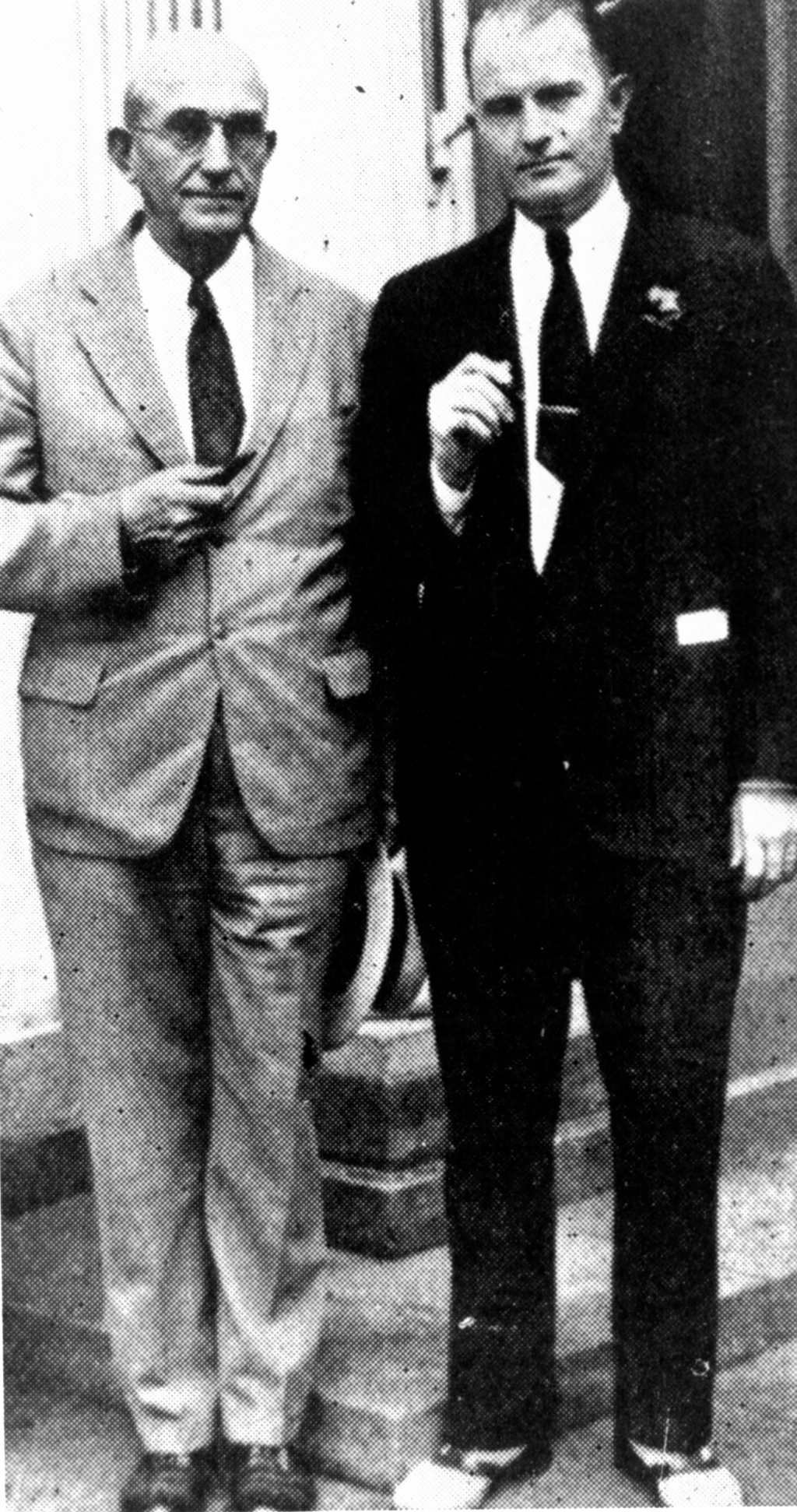
These problems led to the Hayden-Cartwright Act in 1934 - named after Senator Carl T. Hayden (D-Az.), chairman of the Senate Subcommittee on Roads, and Representative Wilburn Cartwright (D-Ok.), Chairman of the Committee on Roads. On June 18, 1934, President Roosevelt signed the legislation, which provided for a return to the regular Federal-aid program in 1936. The Act revived the Federal-aid highway program by resuming the practice of authorizing Federal-aid highway funds for 2 years, in this case at $125 million annually for each of Fiscal Years (FY) 1936 and 1937. To promote job creation, the Act required that the funds must be placed under agreement for projects within 1 year after the close of the fiscal year, not 2 years as in the past. The Act also restored the Federal-State matching requirement at 50-50, abolished the limit on expenditures per mile, and continued the practice of funding urban extensions of the Federal-aid system and secondary farm-to-market roads.
In addition, the Act authorized $200 million under the National Industrial Recovery Act for emergency construction of highways without a matching requirement. It also converted loans authorized by earlier emergency bills to grants, so the States would not have to repay them.
In signing the legislation, the President said, "As long as the roads of the nation are used by more than 24,000,000 automobiles and trucks, construction and improvement of roads will be of major importance. The Hayden-Cartwright Act seeks to stabilize highway building with Federal and State funds by insuring a work program for the next three years of far reaching proportions and benefits." He added that the new program would "sustain highway employment" while providing for "a gradual tapering off of emergency highway expenditures and lays the foundation for a return to normal expenditures."
He gave the two golden pens that he used to sign the bill to Chairmen Hayden and Cartwright.
The Hayden-Cartwright Act of 1936, which the President signed on June 16, 1936, authorized $125 million a year for primary roads in FY's 1938 and 1939, $25 million a year for secondary or farm-to-market roads, and $50 million for elimination of hazardous rail-highway crossings, as well as funds for projects on public lands. In all, the Act authorized $216,500,000 over 2 years.
Congress Takes Control
The economy had begun to recover by 1936, an election year in which President Roosevelt scored a landslide victory over Governor Alfred M. Landon of Kansas to win a second term.
As Michael Hiltzik explained in The New Deal: A Modern History (2012): "Recovery seemed to pick up steam through the summer, with production rising in major industries . . . . The government appeared to be within striking distance of its goal of restoring the overall economy to the level of 1929 – indeed, the torrid pace of recovery raised concerns about overheating." In view of the recovery, the President turned his attention to his earlier idea of balancing the budget by reducing government spending. He also wanted greater control over the arsenal of economic weapons. In this regard, the President began to see the Federal-aid highway program as a weapon he could not control. The main problem, as he saw it, was contract authority.
On June 19, 1922, President Warren G. Harding had signed the Post Office Appropriation Act for FY 1923. The legislation included an unusual provision that replaced the statutory phrase "providing appropriation" with "there is hereby authorized to be appropriated." Although an appropriation of the authorized funds would still be needed, the change in wording meant that the Secretary of Agriculture's approval of a Federal-aid highway project "shall be deemed a contractual obligation of the Federal Government." In short, the Secretary's approval would "obligate" the Federal Government to pay the Federal share even though Congress had not yet approved a separate annual appropriation act for the authorized Federal-aid funds for that fiscal year. The idea was that with contract authority, the State highway agencies could plan multi-year projects with the assurance they would be reimbursed for the Federal share.
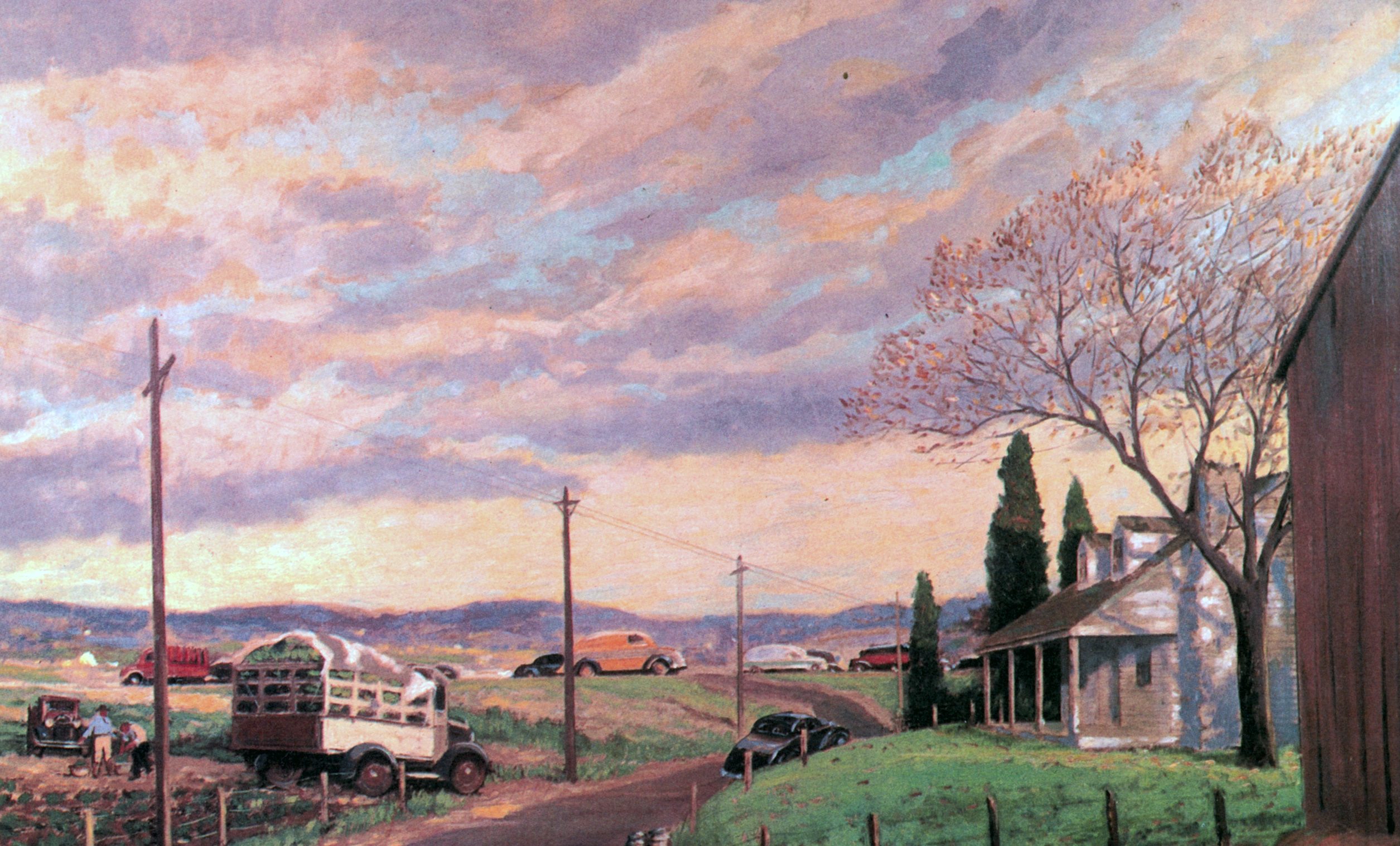
Now, in 1936, President Roosevelt argued that contract authority interfered with his ability to adjust the budget as economic conditions changed. As Professor Bruce E. Seely explained in his 1987 book on Building the American Highway System, the President "wanted annual funding, a moratorium on federal aid because of a backlog in funds, and an end to the formula that gave each state a share of federal aid."
President Roosevelt called a special session of Congress, to begin on November 15, 1937, with the goal of enacting laws to address four topics associated with the recession: crop control, wages and hours, executive branch reorganization, and regional planning for better, ordered use of the country's natural resources. He sent a message to Congress on November 27, 1937, recommending that the special session reduce the Federal-aid highway program and change how it operated under the standard 2-year Hayden-Cartwright Act of 1936 for FY's 1938 and 1939. He proposed canceling the 1939 authorization of $214 million and limiting public road authorizations to no more than $125 million a year for FYs 1940-1942.
The President singled out contract authority for elimination because, he said, it "completely ties the hands of the executive as to the amount of road funds to be included in the budget for any fiscal year." He "most strenuously objected to the mandatory incurrence of obligations under such apportionments without regard to its ability to finance them from its revenues." The White House indicated the President would veto bills that didn't comply with his requests.
The proposal to curtail Federal-aid highway spending met immediate criticism. Chairman Hayden, who had been involved in Federal-aid highway program from its 1916 inception, including the legislation creating contract authority, addressed the Senate immediately after the President's message. He believed that "those who advised the President with respect to this matter did not convey full information to him" about what the result of his proposal would be.
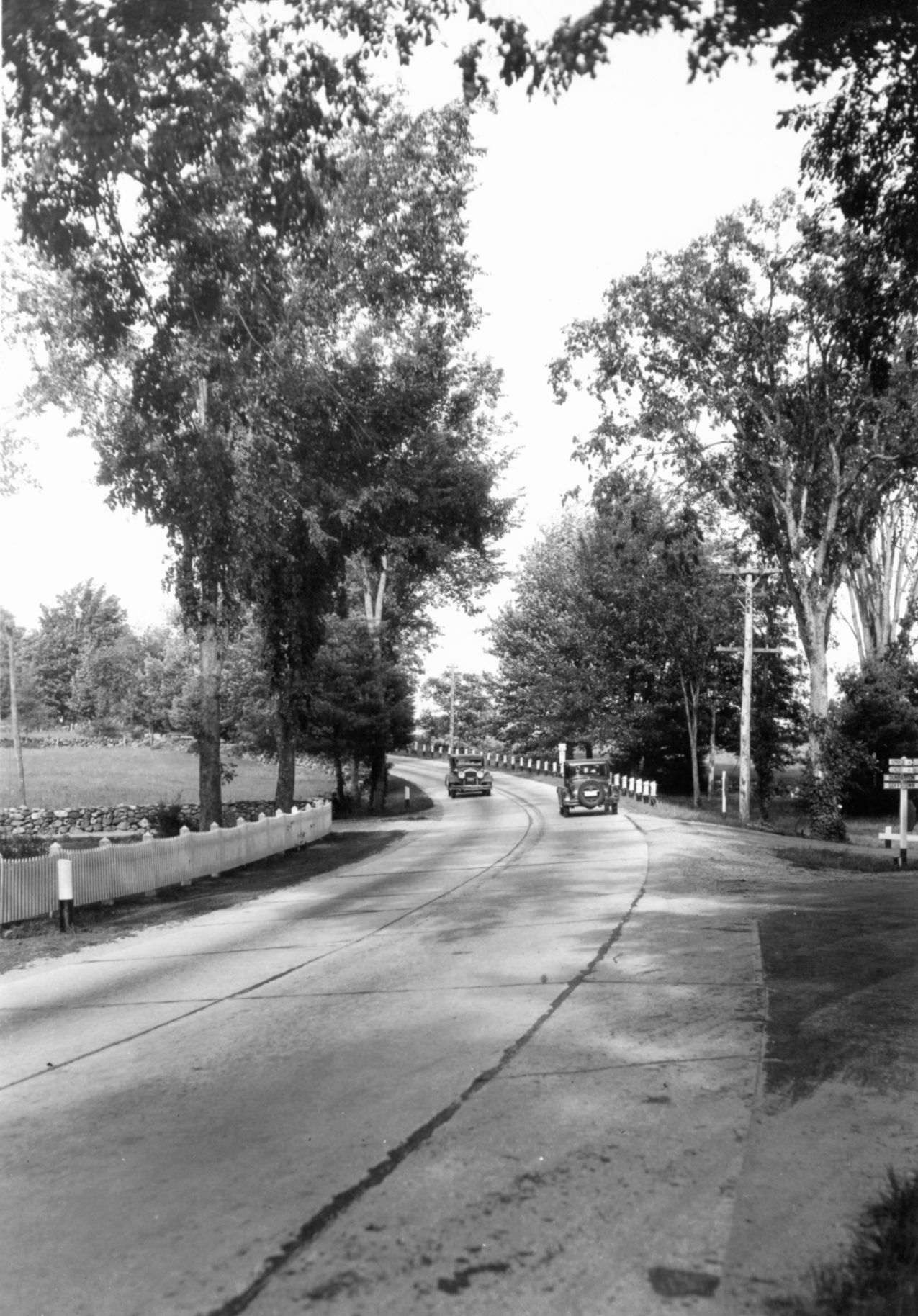
The reason for contract authority, he said, "is both simple and sound." The reason was so obvious that the President's aides had convinced him to propose what "would have the effect of breaking what in truth is a contract." Many State legislatures, 40 States at the time, met only every other year. They needed to know in advance how much tax revenue would be needed to match Federal-aid highway funds committed to contracts. It seemed "perfectly clear" that given Federal contractual obligations, Congress could not "consistently carry out the recommendations contained in the message by enacting what amounts to a repeal of the authorization during this special session of Congress."
Senator Hayden added that, "Money paid out of the Treasury is what unbalances the Budget, not mere authorizations. It is a fact that there is a lag of from 2½ to sometimes 4 years between the time that Congress authorizes highway expenditures and the time that the money must actually be paid out of the Treasury." Contract authority gave each State legislature "ample notice . . . to work out its problem as best it can considering its financial resources." The State legislatures, the Senator said, had made arrangements for tax collections to meet the expected funds, but those funds could not be expended for the intended purpose if the Federal Government violated its commitments.
Chairman Cartwright's reaction was similar, based on remarks inserted into the Congressional Record immediately after the House clerk read the President's statement on November 30. The Chairman observed that under the Hayden-Cartwright Act of 1934, "there was an immediate business pick-up in the industries connected with road building." In contrast, if Congress now agreed to withhold the funds, "the reverse will be true; expansion will cease and there will be a general lay-off of employees throughout the industry, even before the program is actually curtailed. Assurance that the road-building program will continue for the balance of this fiscal year does not much help the general effect of this startling proposal."
In an article datelined December 10, The New York Times pointed out, "The threatened revolt in Congress against President Roosevelt's economy program broke partially into the open today with an announcement by Representative Cartwright of Oklahoma, chairman of the House Roads Committee, that he would not call his committee together during the special session to carry out the Presidential recommendation for withdrawal of Federal road aid authorizations for the 1939 fiscal year."Instead, Chairman Cartwright intended to assemble the committee to discuss extending the program through FY 1941. He said that when he brought the bill to the House floor, the Representatives could debate funding levels. If budget cuts were necessary, "we will accept in good grace such cuts as are proportionate. But we are not going to sit idly by and see road building stopped when there are increases in other items, or, at any rate, no reduction for other activities of the government." Of contract authority, he said, "The method of making authorizations in advance has been considered a sound policy."
On December 14, Secretary Wallace submitted a letter to the Speaker of the House and the President of the Senate transmitting draft legislation to carry out the President's recommended cancellation of the FY 1939 authorization. Secretary of the Interior Harold I. Ickes followed up on December 16 with language that would cancel authorizations for roads and trails in National Parks and parkways and Indian reservation roads.
By then, the President's initiative had failed. Chairman Cartwright was unwilling to call a meeting of his committee during the special session and parliamentary obstacles blocked any other route to the House floor. Citing Secretary Wallace's December 14 letter to the Speaker, the Times said the Administration had virtually decided to abandon the attempt. "The decision of leaders not to attempt to force action . . . throws this out the window so far as this session is concerned." The article added, "After reading the suggested bill, several members privately expressed their resentment at the recommendation for elimination of all road items for 1939. They felt, some of them said, that the Administration was attempting to place road allotments under its own thumb, like relief and a number of other appropriations, and they declared they would fight any such attempt."
Nevertheless, press reports suggesting that Cartwright was part of a revolt against the President prompted the Chairman to write to the President on December 16 to deny the implication. On December 4, he had asked the committee's members about scheduling a meeting but they were not open to the proposal; one unnamed member said, "this is about as outrageous a recommendation as the President has ever made to the Congress." Chairman Cartwright did not believe the committee or its counterpart in the Senate "would favorably report a proposal to cancel authorizations for next year, and my thought has been that the anti-New Deal press would paint a stronger 'revolt' picture out of normal action by the committee than of apparent or alleged inaction by the chairman."
The President replied on December 20. Having served in a legislative body, he wrote, "I appreciate the pulling and hauling when it comes to getting a slice of the government's expenditures for one's own project. Also, may I tell you that if we had all the money in the world to spend I would gladly go ahead with road building in every county in the United States on an even greater scale than we are doing at the present time." However, he was trying to cut the budget to match tax receipts. "That means that we ought to cut off appropriations which may be desirable but which are not essential."
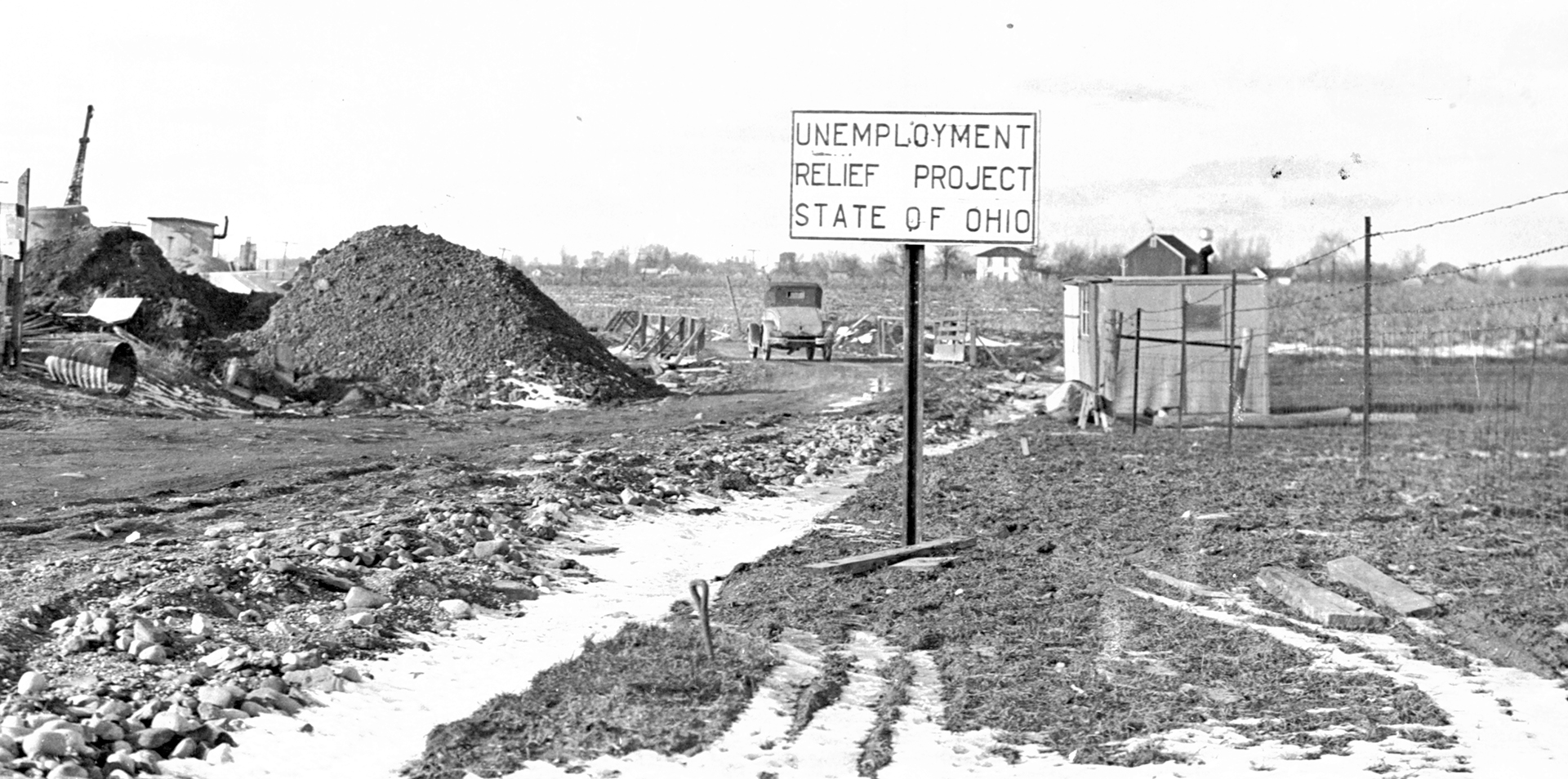
He also questioned the job-creation results of Federal-aid projects. "It is true that many of the contractors' regular forces are kept at work and some people are put to work making cement, steel binder and other materials." But in his view, "farm to market roads give a far higher percentage of relief employment than the Federal aid roads." To get the budget in balance, "I must eliminate the proposed expenditures which provide the least work and favor those expenditures which give the most work." The facts "may be unpalatable but, as you know, they are perfectly true." If the country legislated for every desired expenditure, "there would not be any Democratic party and there would not be any solvent government after a few years."
By the time of the exchange, the Special Session had adjourned on December 21 without passing any of the President's initiatives.
A New 2-Year Bill
Secretary Wallace apportioned the $200 million authorized for FY 1939 as required by law, but he asked each Governor not to submit any FY 1939 projects for his approval. He explained, "I am directed by the President . . . to invite your attention to the recommendations regarding highway authorizations which he made in a special message to the Congress under date of November 27, 1937, in which message he recommended the cancellation of the 1939 authorizations." He added that the President would appreciate the Governors' cooperation.
In the President's annual budget message to Congress on January 5, 1938, he referred to the high percentage of expenditures that involved fixed charges that "cannot be reduced by Executive action." He cited increased funding for the highway program as an example. "These vast expenditures have put our highway systems far in advance of what would have been normal expansion. I do not propose eliminating Federal aid to highways, but I do ask that such aid be restored to approximately the predepression figures." The States "also should be encouraged to bring their highway budgets back to a more normal figure. Therefore I hope that the Congress will start at this session to cut down the actual appropriations used to match State funds."
Given that Congress had no intention of agreeing to the reduction, Secretary Wallace wrote to the Governors again on March 18 regarding the 1939 funds.
"The President now feels that you should not be asked to further delay the submission of road-building projects of your State, and accordingly I suggest that such projects be now submitted in the order of their priority."
The House approved the 1940-1941 Federal-aid bill on May 6 with a unanimous vote. The bill authorized the same overall amount as for 1938 and 1939, namely $238 million a year.
Chairman Hayden introduced a similar bill with the amounts left blank. He and Senator Kenneth D. McKellar of Tennessee, who had become Chairman of the Committee on Post Offices and Post Roads at the start of the 73rd Congress on March 9, 1933, talked with the President before submitting a bill that drastically cut the amounts in the House bill. As a result, the Senate passed a bill on May 16 that proposed authorizations of $128.5 million for FY 1940 and $186 million for FY 1941.
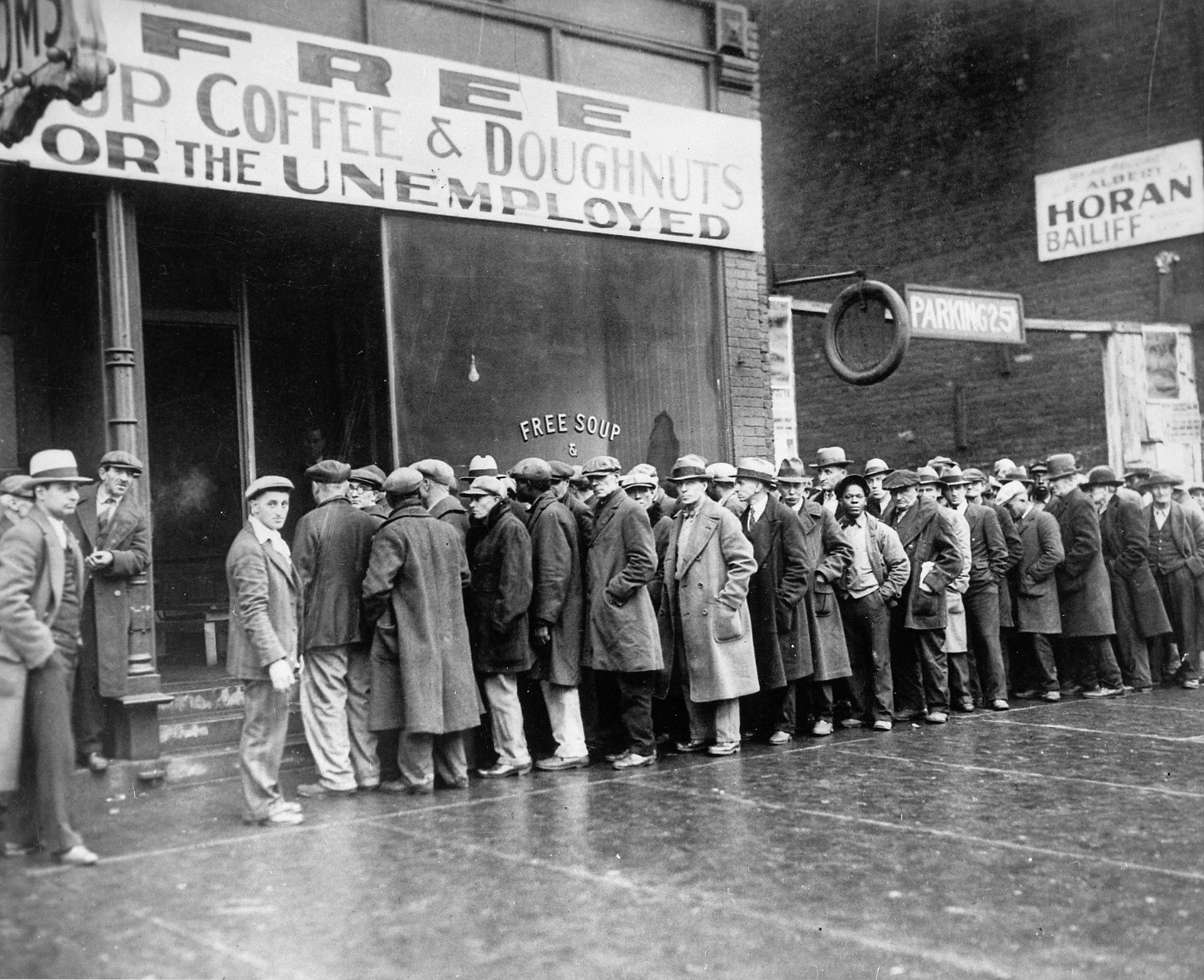
U.S. National Archives and Records Administration - February, 1931
The Conference Committee called to resolve differences between the two bills completed its work on May 31. The House and Senate compromised on funding. Authorizations totaled $158.5 million for FY 1940 and $191 million for FY 1941, compared with $238 million for each of the previous 2 years. The final bill retained the standard procedures of the Federal-aid highway program, including contract authority. The President signed the Federal-Aid Highway Act of 1938 on June 8.
While addressing the annual meeting of the American Association of State Highway Officials in 1938, Cartwright recalled the President's attempt to eliminate FY 1939 highway funds and reduce funding for FYs 1940 and 1941. "That left it squarely up to the Congress as to whether or not Federal support for orderly highway growth would be continued in the United States." Funding authorized by the Federal-Aid Highway Act of 1938 was reduced, he acknowledged. "The principles of the legislation, however, were kept intact." He added, "This was an important victory for roads!"
The Economy Cracked
Economic historian John Steele Gordon observed that, by the end of 1937, the result of the President's efforts to balance the budget "was a new depression. Unemployment soared back up to 19 percent the following year, while [gross national product] dropped 6.3 percent . . . . [Economists] dubbed this new depression within a depression a 'recession.' This has been the term for economic downturns ever since, and the word depression is usually capitalized and refers exclusively to the uniquely dark days of the 1930s."
With hindsight, we know that the President's plan didn't work – the Depression continued until the war years. President Roosevelt had declared war on the Federal-aid highway program because, he said, it tied his hands on the economy. That was, as Senator Hayden put it, "exactly what the Congress intended to do." In any event, Congress soundly rejected his plan, including his war on contract authority. During a later battle over highway funding, Senator Hayden recalled the fight with President Roosevelt, explaining that the Congress operated on the principle "that the roads belong to the States, that the construction should be carried on by the States, and that the Federal Government should merely aid and assist the States to create a national system of highways." He summarized, "That principle is so sound that the Congress has been utterly unwilling to change it for more than a quarter of a century."
But at a moment in time on November 27, 1937, President Roosevelt didn't agree with that principle – and would lose the battle to those who did.
